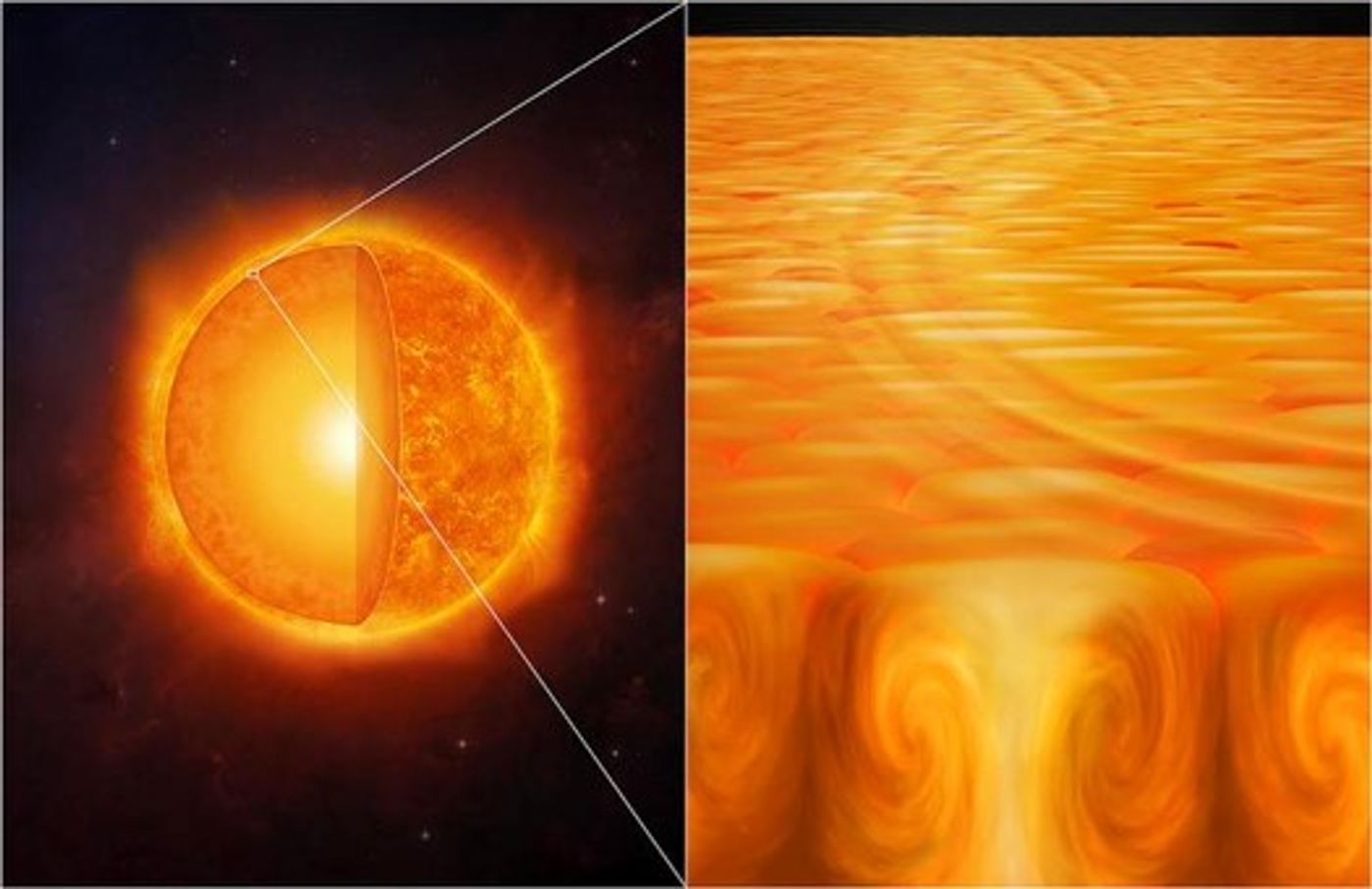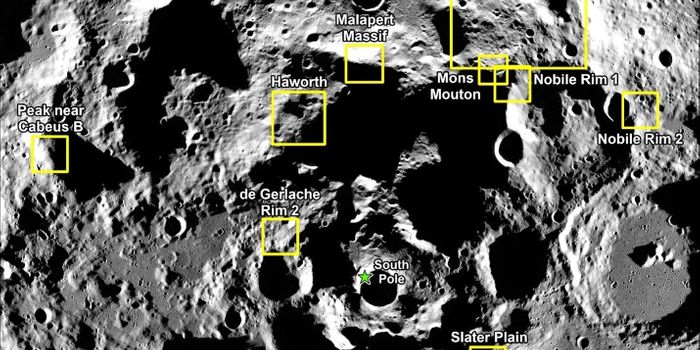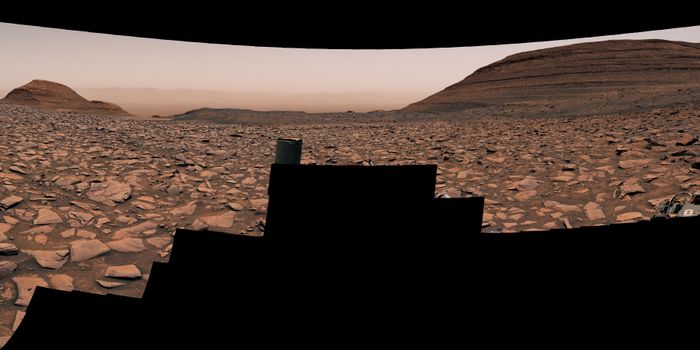Revealing the Interior Structure of the Sun's Supergranules
How does the Sun’s interior function and produce the energy needed to allow life to exist on the Earth? This is what a recent study published in Nature Astronomy hopes to address as a team of international researchers led by New York University Abu Dhabi (NYU Abu Dhabi) investigated how the Sun delivers heat from its interior to the surface, also known as convection, through its supergranules, whose individual structures have diameters three times greater than the Earth. This study holds the potential to help researchers better understand the Sun’s convection processes while also challenging previous hypotheses about the Sun’s convection, as well.
For the study, the researchers conducted one of the most in-depth analyses of the Sun’s supergranuales using NASA’s Solar Dynamics Observatory, which is in geosynchronous orbit around the Earth, to examine approximately 23,000 supergranules across the Sun’s surface. The team used sound waves to examine the supergranules’ interiors, which previous studies have also done, as well. Through this, the team was able to measure upflows and downflows with incredible precision compared to past studies.
Artist's illustration of the Sun's supergranules, which help drive heat transfer, also called convection. (Credit: Melissa Weiss)
In the end, the team successfully measured the depth of the supergranules at approximately 10,000 kilometers (6,214 miles) while also finding the strength of the downflows were approximately 40 percent weaker than the upflows. This latter finding was determined to result from a “missing” constituent, which the team hypothesizes could be from small-scale plumes that the sound waves couldn’t identify due to their small size. The researchers note their findings call into question previous hypotheses pertaining to the Sun’s convection processes.
“Supergranules are a significant component of the heat transport mechanisms of the sun, but they present a serious challenge for scientists to understand,” said Dr. Shravan Hanasoge, who is a research professor and co-Principal Investigator of the Center for Astrophysics and Space Science at NYU Abu Dhabi and a co-author on the study. “Our findings counter assumptions that are central to the current understanding of solar convection and should inspire further investigation of the sun’s supergranules.”
What new discoveries about solar convection will researchers make in the coming years and decades? Only time will tell, and this is why we science!
As always, keep doing science & keep looking up!
Sources: Nature Astronomy, EurekAlert!









